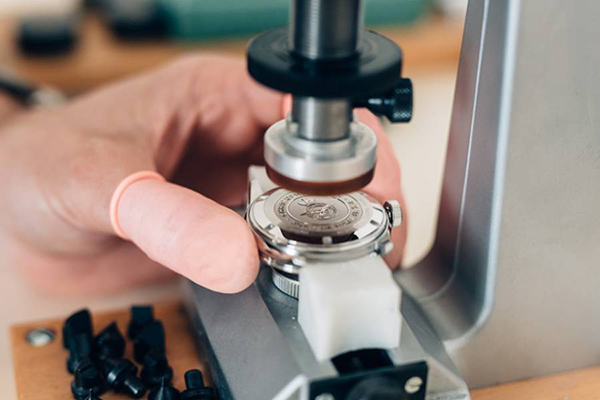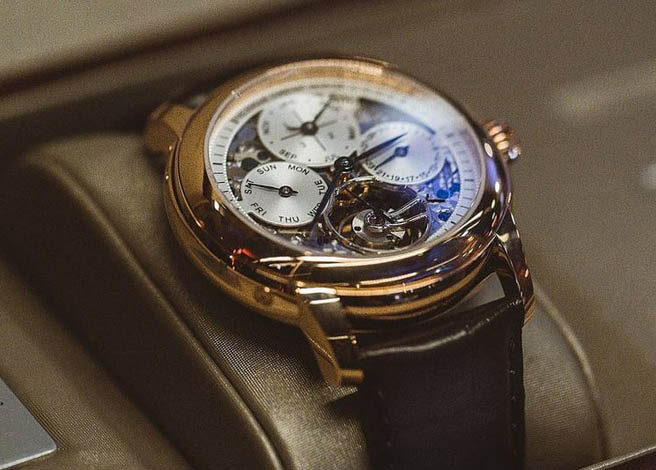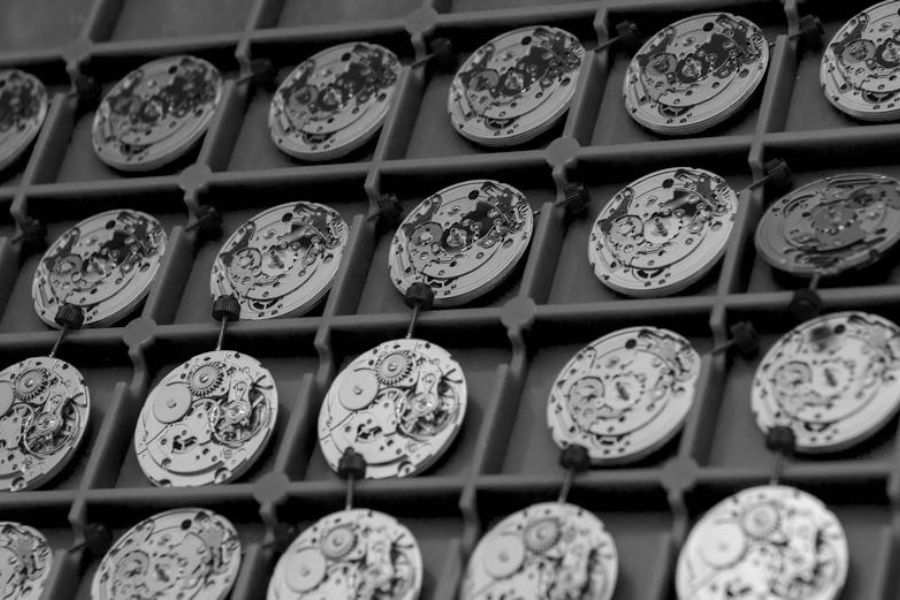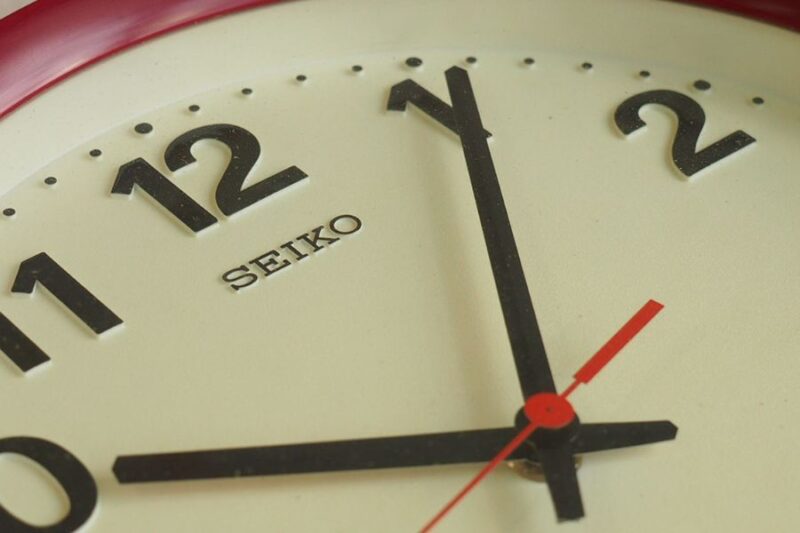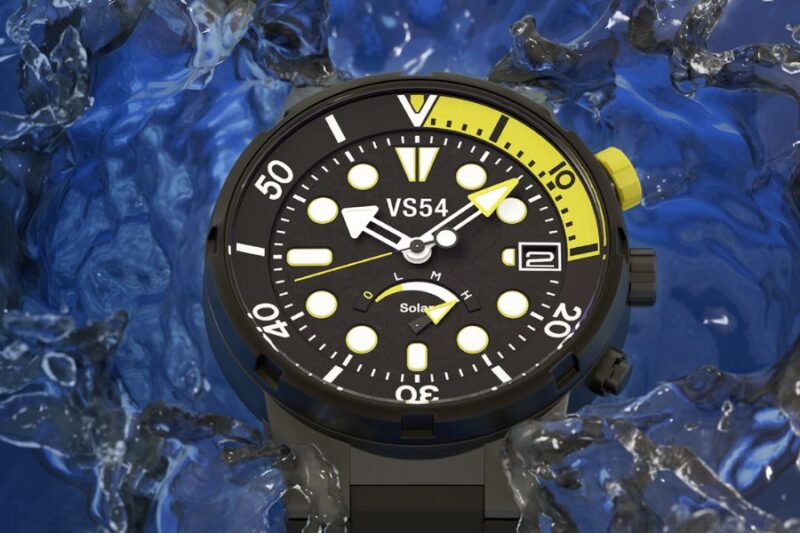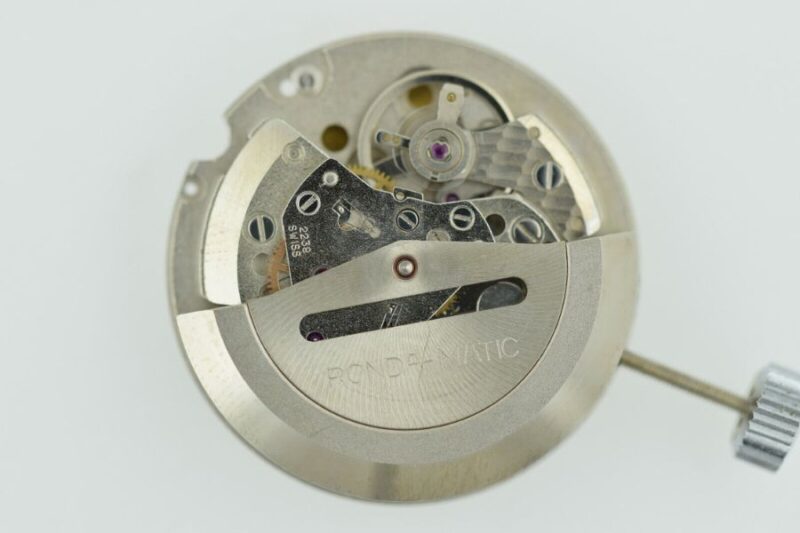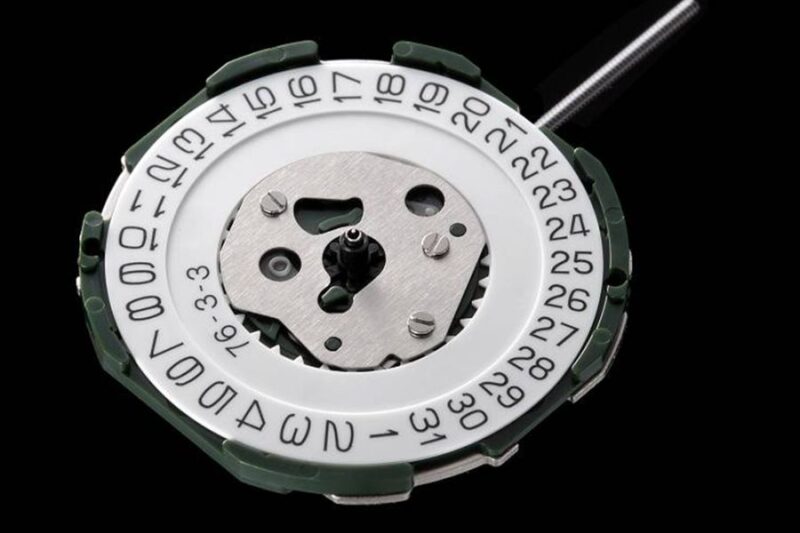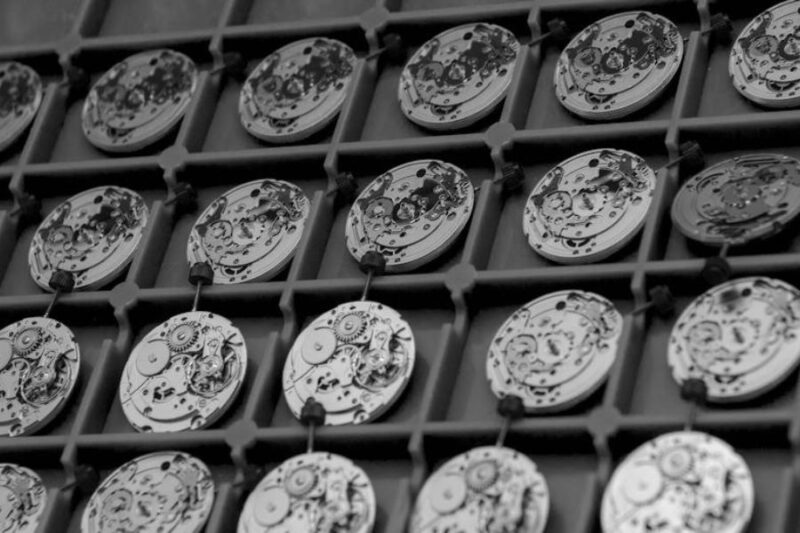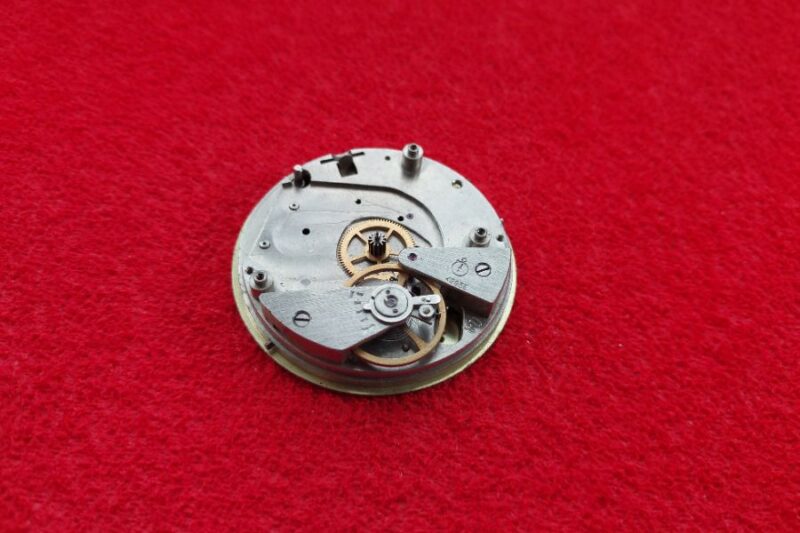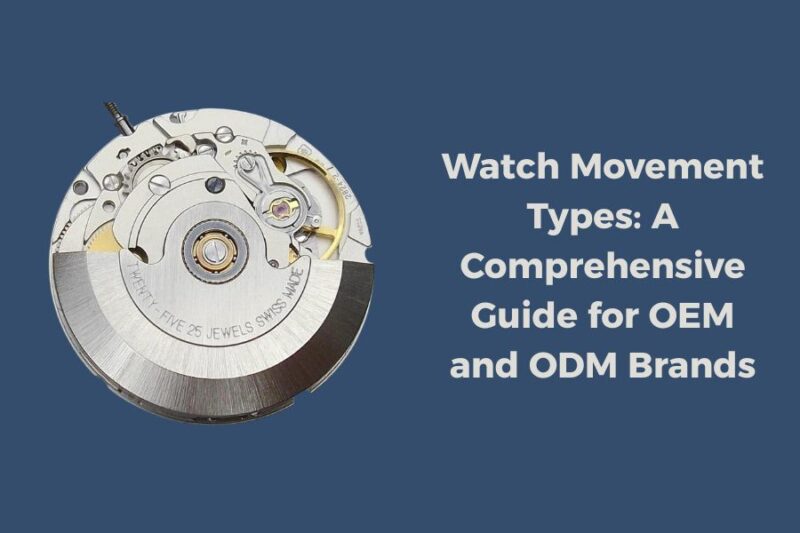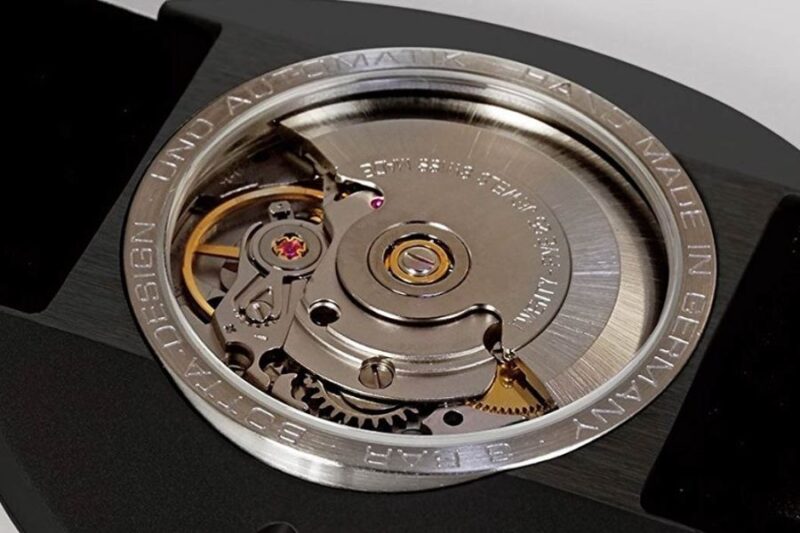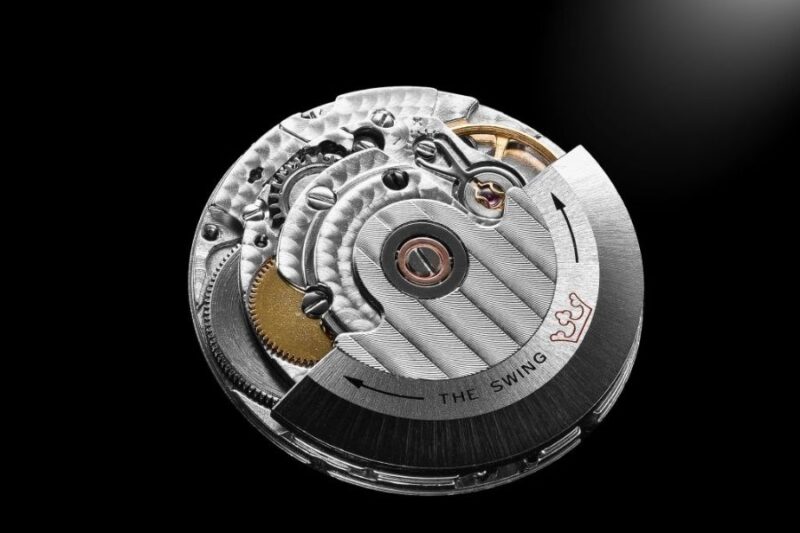Table of Contents
Introduction
The heart of any luxury watch is its movement, and the Sellita watch movement delivers Swiss precision that OEM brands rely on. At Romlicen, we’ve seen how Sellita’s craftsmanship elevates custom watches, from private label designs to logo-engraved timepieces. Whether you’re a brand seeking quality for your next collection or a designer curious about Swiss engineering, understanding Sellita is key to unlocking performance. Let’s explore why Sellita excels in horology and how Romlicen harnesses its potential.
What is a Sellita Watch Movement?
The Sellita watch movement powers luxury timepieces with Swiss precision and durability. Trusted by OEM and ODM manufacturers, Sellita movements drive everything from dress watches to dive watches. At Romlicen, we integrate these movements into custom designs, ensuring brands achieve unmatched quality. Here’s a closer look at Sellita’s origins and features.
A Brief History of Sellita
Founded in 1950 in La Chaux-de-Fonds, Switzerland, Sellita evolved from a component manufacturer to a leading movement producer. When ETA restricted supplies to non-Swatch Group brands in the 2000s, Sellita’s SW200 emerged as a rival to ETA’s 2824-2. Per Sellita’s official website, the company remains dedicated to Swiss craftsmanship, making it a reliable choice for independent brands.
Key Features of Sellita Movements
Sellita movements are built for modern watchmaking:
- Precision: The SW200 and SW300 series run at 28,800 vph (4 Hz) for accurate timekeeping.
- Versatility: They support complications like chronographs and date functions, ideal for custom logo watches.
- Durability: High-grade materials ensure longevity, perfect for sports or dive watches. Romlicen pairs Sellita movements with materials like titanium or 316L steel, tailoring watches to each brand’s vision.
Series of Sellita Movements
Families Series:
- SW100
- SW200
- SW210
- SW300
- SW400
- SW500
- SW500 M
- SW510
- SW510 M
- SW530
- SW530 M
- SW560
- SW560 M
- SW600
- SW1000
Functions Series:
- Automatic
- Manual
- 2-3 hands
- Chronograph
- Date
- Pointer date
- Day
- Moon phase
- Day/night
- GMT
- Small second
- Central seconds
- Bicompax
- Tricompax
- Monopusher
- 30 minutes counter
- 15 minutes counter
- 12 hours counter
- Power reserve indicator
- Skeleton
- Regulator
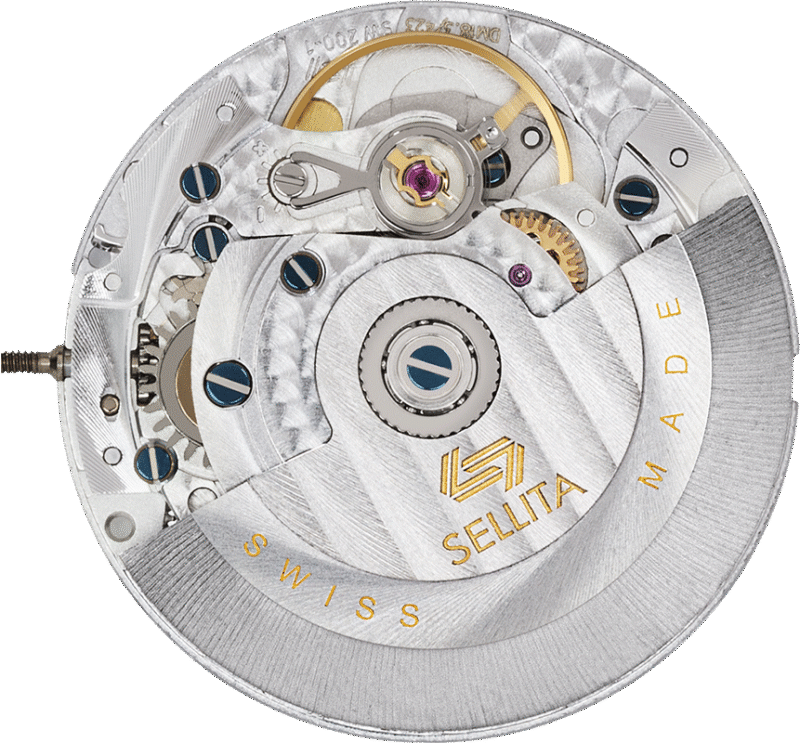
Why Choose Sellita for OEM Watch Manufacturing?
Selecting the right movement is critical for OEM watchmakers, and Sellita offers precision, versatility, and value. Romlicen relies on Sellita to deliver consistent performance for bespoke timepieces. Here’s why Sellita is a top choice.
1. Reliability for Custom Watch Designs
Sellita movements, like the SW200, ensure reliability across designs, from minimalist watches to rugged divers. Their robust build pairs seamlessly with materials like CuSn8 bronze or 904L steel, which Romlicen uses for unique aesthetics. For custom watch manufacturing, Sellita’s performance guarantees timepieces that look and function flawlessly.
2. Cost-Effectiveness vs. Other Swiss Movements
Sellita delivers Swiss-grade quality at a lower cost than ETA. Hodinkee notes that Sellita’s movements rival ETA’s functionality, making them ideal for brands balancing quality and budget. This affordability lets OEM brands invest in intricate dials or casebacks without compromising on a Swiss watch movement.
Romlicen’s Expertise with Sellita
Romlicen excels at integrating Sellita movements into custom projects, engraving logos on dials or crowns and using premium materials like Damascus steel. Our OEM watch services ensure every Sellita-powered watch meets your brand’s standards.
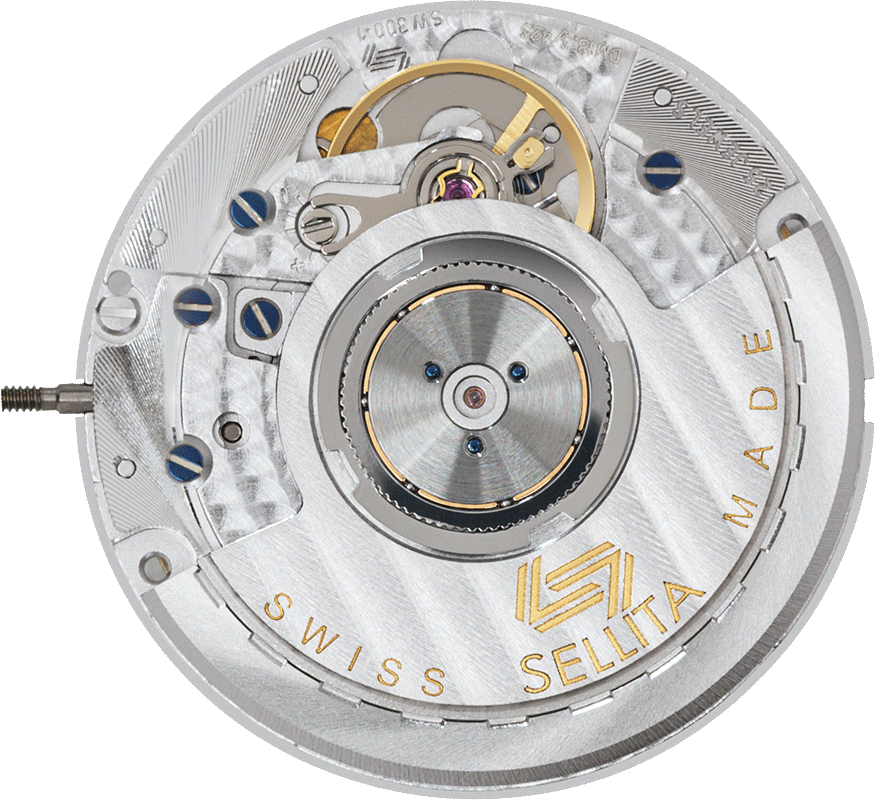
Sellita vs. Other Watch Movements
How does Sellita compare to other movements? For OEM brands, understanding these differences is key. Romlicen’s experience with various movements highlights Sellita’s strengths.
Sellita vs. ETA
Sellita’s SW200 mirrors ETA’s 2824-2 in precision (4 Hz, 38-hour power reserve), as noted by WatchTime. Sellita’s wider availability makes it ideal for independent brands, unlike ETA, which prioritizes Swatch Group. For OEMs, Sellita offers Swiss watch movement quality with fewer supply hurdles.
Sellita vs. Japanese and Chinese Movements
Japanese movements (Miyota, Seiko) and Chinese options (Seagull) are affordable but lack Sellita’s Swiss prestige. Miyota’s 9015 suits budget watches, while Seagull excels in entry-level automatics. For luxury watch movement comparison, Sellita’s refinement and heritage make it a premium choice for Romlicen’s high-end designs.
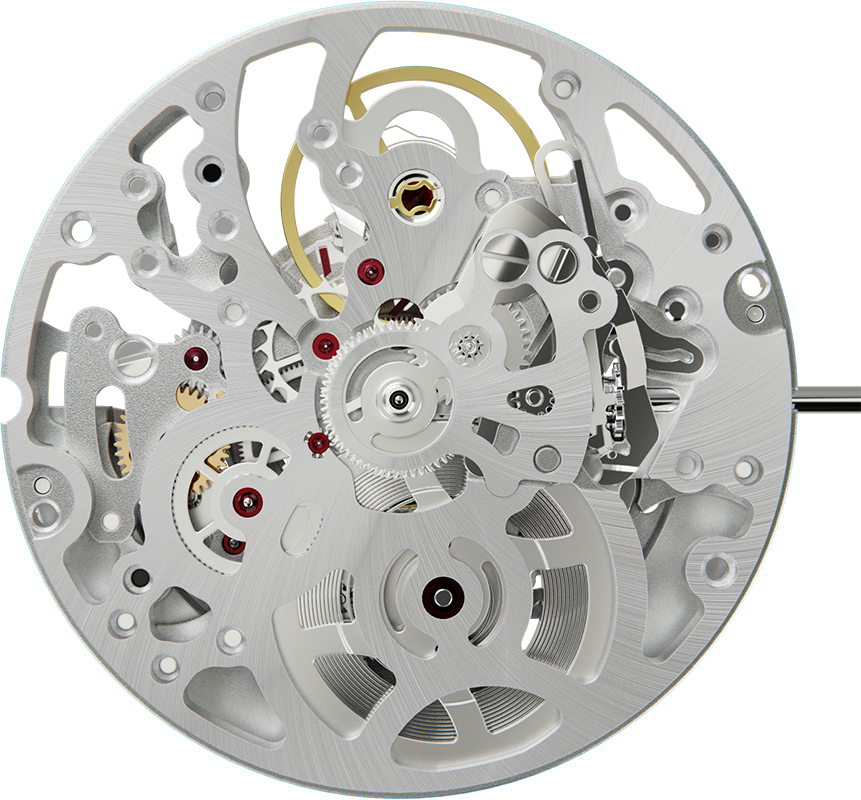
Applications of Sellita Movements in Luxury Watches
The Sellita watch movement powers diverse luxury timepieces, from automatic divers to elegant chronographs. At Romlicen, we leverage Sellita’s versatility to create standout watches. The SW200 drives dive watches with 38-hour power reserves, while the slim SW300 suits dress watches. The Sellita chronograph movement (SW500) powers sports watches with stopwatch functions, paired with titanium or 904L steel for bold looks. Sellita’s complications, like moon phases, add sophistication, per Sellita’s specifications.
How Romlicen Enhances Sellita Movements
Romlicen transforms Sellita movements into unique timepieces through customization. We engrave logos on dials, crowns, or casebacks, ensuring your brand shines. Materials like 904L steel, titanium, or CuSn8 bronze create distinctive aesthetics, while Damascus steel adds bold flair. Our expertise in private label watch movement solutions delivers watches that reflect your vision. Explore our watch design services to see how we craft Sellita-powered masterpieces.
Conclusion
The Sellita watch movement combines Swiss precision with versatility, making it ideal for luxury OEM watches. From dive watches to chronographs, Sellita delivers performance that elevates brands. Romlicen enhances these movements with custom engravings and premium materials, creating timepieces that stand out. As a trusted OEM watch manufacturer, we’re ready to bring your vision to life. Visit our OEM watch services or contact us to start crafting your next Sellita-powered collection.
Related Reading
- The Art & Craft of Manual Wind Watch Movements: A Timeless Choice
- Watch Movement Types: A Comprehensive Guide for OEM and ODM Brands
- A Comprehensive Guide to Chinese Watch Movements
- Automatic Movements: How They Work & Why Choose Them
- Quartz Movement Explained: Precision in Watchmaking
- What Is a Mechanical Movement? Your Guide to Watch Precision
- Ticking Styles: Exploring the Different Type of Watches Movement
- Choosing the Right Custom Watch Manufacturer: A Key to Brand Success
- Personalized Logo and Branding on Custom Watch Dials: Enhance Brand Recognition
- From Sketch to Prototype: The Art of Custom Watch Design
- How to Choose the Perfect Movement for Your Custom Automatic Watch
- The Difference Between Quartz and Mechanical Movements in Custom Watches
- Ronda Watch Movement: Precision & Reliability
- Epson Watch Movement: Precision for Custom Watches
